Together, We Turned 2021 Into a Successful Year for MALT
December 22, 2021
As 2021 comes to a close, we’d like to pause and celebrate all that we were able to accomplish together during this tumultuous year. More than ever, we’re laser focused on MALT’s mission, now in its fifth decade: protecting Marin’s agricultural land for agricultural use, forever.
Thanks to the support of our generous donors, partners, and local community, MALT continues to fulfill our long-term obligation to not only protect Marin’s agricultural land and the people who work it, but also to ensure that the land produces food in a way that promotes a healthy, diverse natural environment.
In no particular order, here are some of the accomplishments from this past year that we’d like to highlight.
DRAWS offers a lifeline to drought-stricken ranchers and farmers
As Summer 2021 loomed amidst a historic drought, MALT took decisive action to help provide some relief for Marin’s ranchers and farmers—whether their land is protected by a MALT agricultural conservation easement or not.
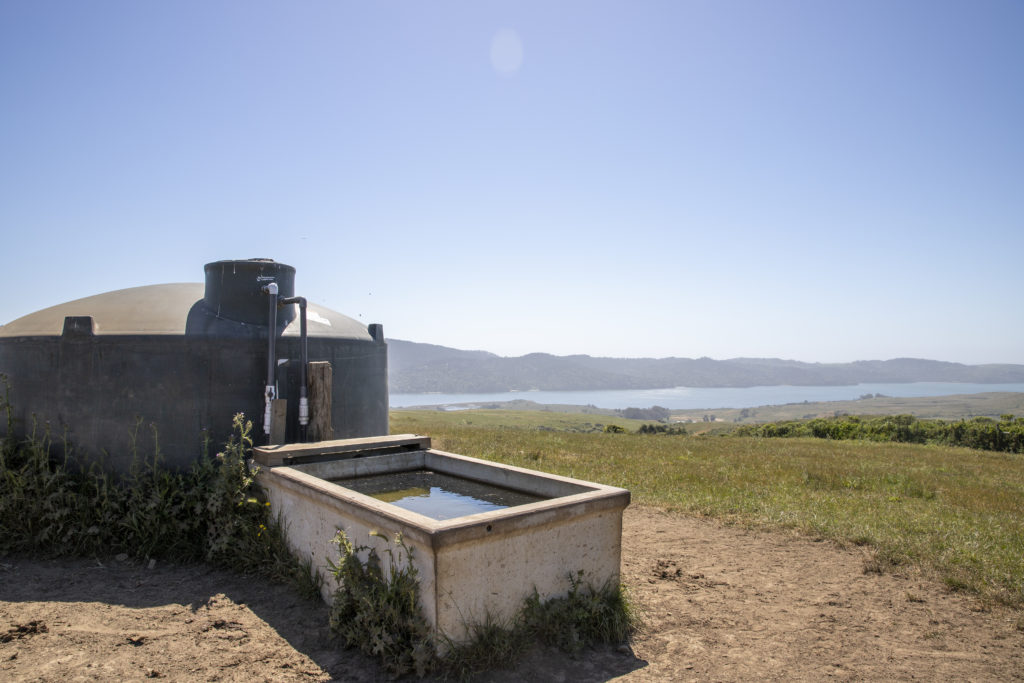
The innovative Drought Resilience and Water Security (DRAWS) initiative, an extension of our Stewardship Assistance Program (SAP), began in April with $250,000 and was extended in June with an additional $250,000 allocated by our Board. That means MALT and its donors invested a total of $500,000 during 2021 to help Marin County ranchers and farmers address critical water shortages. DRAWS awards grants that provide technical assistance and funding resources to design and implement water infrastructure projects that increase resilience in agricultural operations.
With 40 approved projects so far completed or under way—15 of which are on properties not protected by MALT easements—the DRAWS initiative encompasses projects to:
- Develop water sources, including redeveloping springs and drilling wells
- Extend existing water infrastructure, including adding water troughs to improve rotational grazing and extending piping to deliver water to new areas
- Add new water pipes
- Add new storage tanks
- Install water filtration systems, power systems, solar-powered pumps, and gutters for rain catchment systems
“Many ranchers and farmers are saying that DRAWS is playing a significant role in securing water resources, an instrumental component for economic sustainability and agricultural viability in these unprecedented drought conditions,” said Eric Rubenstahl, stewardship program manager – easements.
And Scott Dunbar, stewardship program manager for science and regenerative agriculture, said: “I hear time and time again from ranchers and farmers about the impact this program is having on their operation in a time of dire need.”
Learn more about the DRAWS initiative and our response to the drought in Marin.
SAP enhances agricultural land and operations
MALT’s Stewardship Assistance Program (SAP) helps owners of property protected by MALT agricultural conservation easements to improve the soil and water quality on their farms and ranches, boost agricultural productivity, protect habitat and natural resources, and help make Marin’s working farms and ranches more resilient to the impacts of climate change.
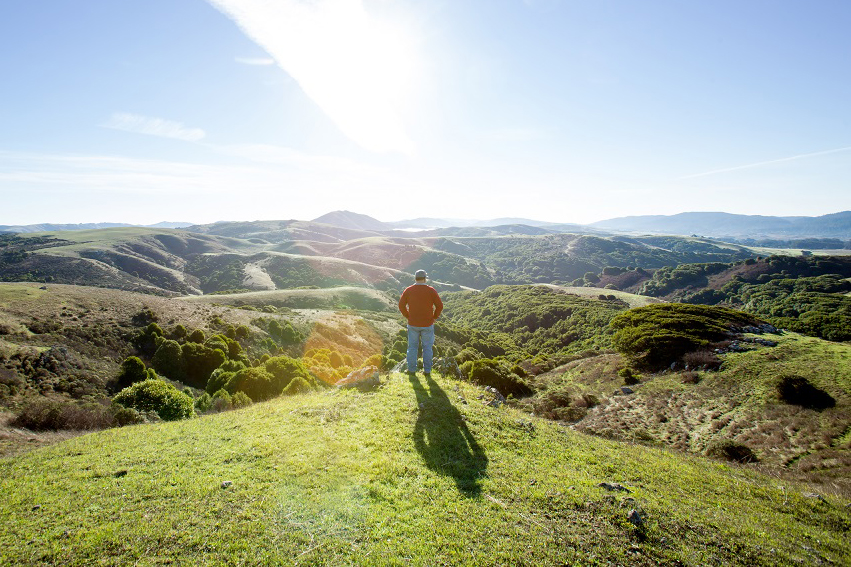
Since its beginning in 2002, SAP has invested more than $1.25 million to support 135 projects on 52 ranches across Marin, resulting in improved water quality, enhanced habitat, increased carbon sequestration, and other important ecosystem services provided by Marin farm and ranch land. One of the most noteworthy 2021 contributions of SAP was to ‘spin out’ the separate DRAWS initiative to provide immediate, emergency drought relief to local ranchers.
The Hog Island/Leali Ranch conservation easement protects land and water resources
In June, MALT closed an agricultural conservation easement with Hog Island Oyster Company and its 250-acre Leali Ranch. As mentioned when this news was announced, this particular easement is especially noteworthy for a number of reasons, including that it’s:
- The first MALT easement that includes a mariculture aspect.
- The first MALT easement to close since the COVID-19 pandemic began.
- The first MALT easement in a long time that we funded entirely ourselves, thanks to private donations from MALT supporters.
- A fantastic example of the circular production and consumption practices that MALT champions and wants to use to inspire food producers everywhere.
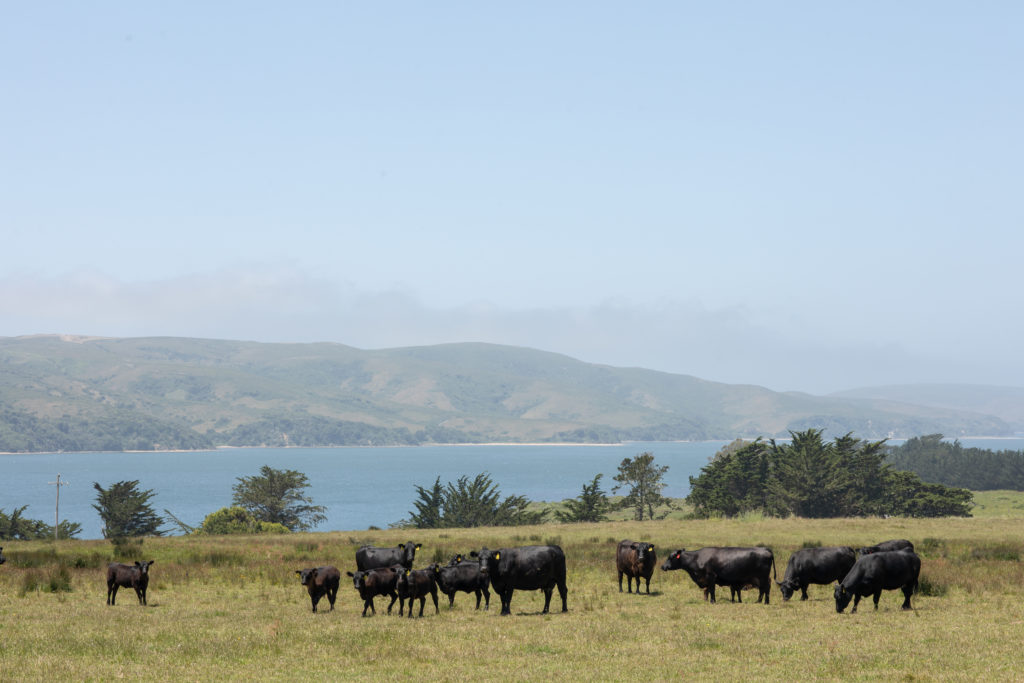
“The MALT conservation easement provided us with an essential cash infusion to maintain and upgrade our operations, which were hard hit by the pandemic,” said John Finger, co-founder and CEO of Hog Island Oyster Company. “Beyond simply surviving, the easement affords us flexibility to do more—for our customers, staff, suppliers, the broader community, and the environment itself.”
The conservation easement on the historic Leali Ranch protects 240 acres of rolling grasslands, rocky outcrops, steep wooded hillsides, freshwater springs, seeps, and significant wetland habitat along Tomales Bay; allows for mariculture support infrastructure such as oyster holding tanks and solar-powered water cooling systems; and provides for a residence in the 10 acres closest to Hog Island’s bayside facility.
New staff members strengthen MALT’s science and stewardship capabilities
In August, MALT hired its first director of science and regenerative agriculture. Ladi Asgill, a certified professional agronomist and environmental scientist as well as a lifelong farmer, works with MALT ranchers and farmers to help improve the health and productivity of their land in a sustainable way.
With more than 20 years of experience finding solutions to regenerative agriculture and environmental challenges in California, Ladi has pioneered innovative solutions to address California’s air quality, water quality, and water supply issues, with a focus on dairy forage and high-value specialty crops. He is uniquely suited to help Marin ranchers and farmers pay particular attention to issues connected to climate change, including water resilience in times of drought, soil health, carbon farming, and reduction of methane emissions.
Then in July, MALT introduced two new members of the stewardship team, followed by a third member in November.
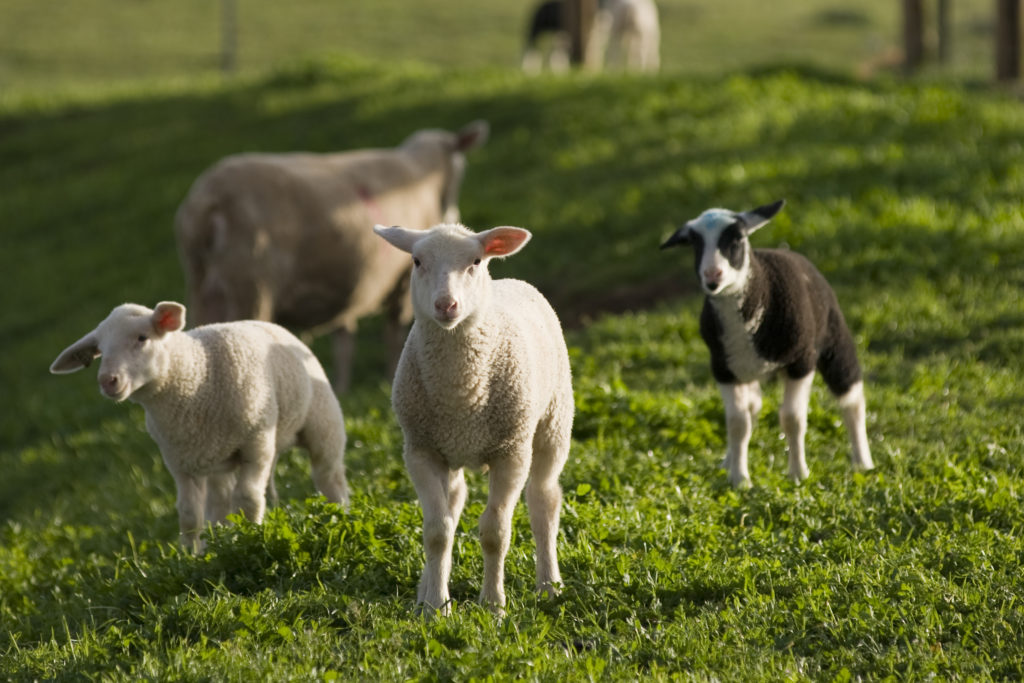
Scott Dunbar, stewardship program manager for sustainable agriculture, uses his training in holistic management of livestock and rangeland systems to bring a compassionate, measured approach to West Marin agriculture: always considering the producers, the ecology of the land, and what kinds of projects are feasible.
“It’s important to understand a system at a ground level so we can ask how best to improve sustainability—economic, social, and environmental,” Scott said. “MALT has been vital in conserving the agricultural land in Marin. Now, MALT is responding and adapting to the changing dynamics of climate change as well as increasing awareness of the need for more equitable and inclusive farming practices. I want my work at MALT to contribute to creating the world we all want to see.”
Tristan Brenner, stewardship associate, is currently performing easement monitoring in his role at MALT. He’s discovered that most ranchers in Marin want the same thing, which is to learn how to be as good a steward as possible for their lands.
“While I’m interacting with individual ranches and farms, I’m always aware that the whole Marin area is one giant ecosystem in which agricultural habitat is just as valid as the beach dunes, and where it’s important to remember that humans are not separate from nature,” Tristan said.
Jessica Sund, program manager for science and regenerative agriculture, works closely with Ladi and the stewardship team. As a project coordinator, Jessica forms partnerships to execute projects that help improve farming and ranching outcomes on ranches with MALT easements.
MALT board adds members, strengthens its diversity of backgrounds and skills
MALT’s board of directors is responsible for guiding the organization’s path toward achieving our mission. These days, that path must traverse increasingly serious external challenges, from climate change-fueled droughts and wildfires to the COVID-19 pandemic and the growing imperatives to address our society’s racial, social, and economic inequities.

Responding to these challenges requires diverse ideas, insights, and experience. Recognizing this need, MALT added four new board members, each with a perspective and voice that will help strengthen the board’s ability to make wise decisions for MALT’s future.
The new board members are:
- Caitlin Landesberg, previously founder and CEO of Sufferfest Beer Company and currently co-founder and angel investor at This Is Water, a fund focused on mission-driven consumer brands.
- Molly Myerson, an independent farmer and owner of Little Wing Farm, who leases three acres on MALT-protected Black Mountain Ranch in Point Reyes Station to farm vegetables and flowers.
- Iris Shim, currently a product leader at tech startup Collective, who has spent the last decade on the application of technology to improve agricultural organizations and supply chains.
- Vivien Straus, daughter of MALT co-founder Ellen Straus and co-owner and manager of Straus Home Ranch, her family’s 166-acre homestead in Marshall.
Bob McGee, a board member since 2015, moved from vice chair to chair of the board, and board member Tamara Hicks assumed the role of vice chair.
Two previous board members, Neil Rudolph and Sam Dolcini, departed as their terms came to an end. That leaves the board with a total of 20 members—a majority of whom are female.
New communication media forge connections throughout the MALT ecosystem
In February, MALT launched a series of MALT 101 recordings, in which staff experts and local agriculturalists provided behind-the-scenes information into how MALT works. So far, the series has presented videos on What’s a Conservation Easement, How We Steward the Land, and Building Water Security.
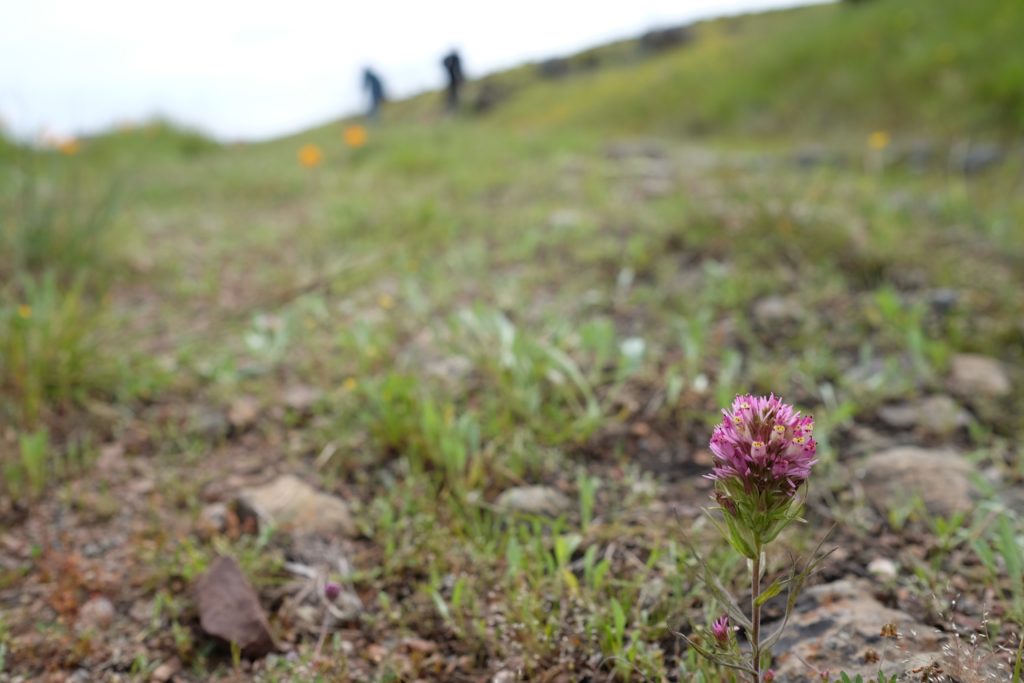
In September, MALT kicked off a series of “Our Common Ground” conversations with panelists from both within and outside MALT. The live, free Zoom conversations, open to the public, covered a diverse range of topics: Carbon-Negative Dairying; Ethnobotany—The Intersection of Plants, People, and Culture; Food Justice; and Innovations in Land Access.
And now we look ahead to 2022
As you can see, thanks to the support of our donors, farmers and ranchers, and the Marin community, we have many significant accomplishments in 2021 to celebrate, and we’re gearing up for even greater success in 2022. We have multiple conservation easements in the pipeline and additional SAP projects underway.
MALT relies on the partnership and support of everyone who believes that protecting and caring for Marin’s agricultural land is important work that benefits us all.
We invite you to learn more about our farmland protection efforts. To support MALT’s mission directly, donate by December 31 and your gift will be matched, to double your impact. As always, thank you for your support. We couldn’t do it without you!